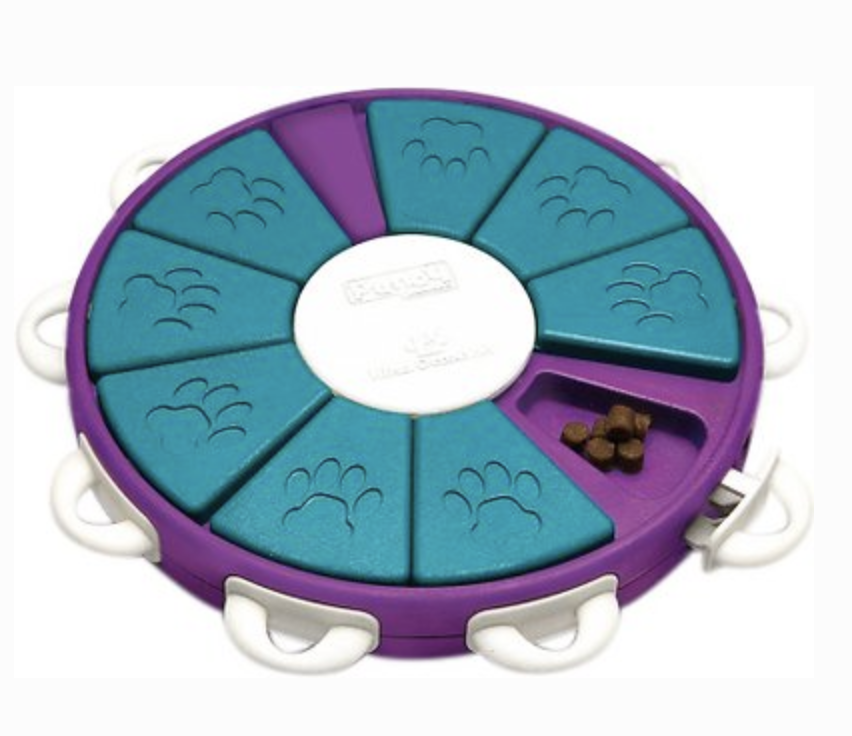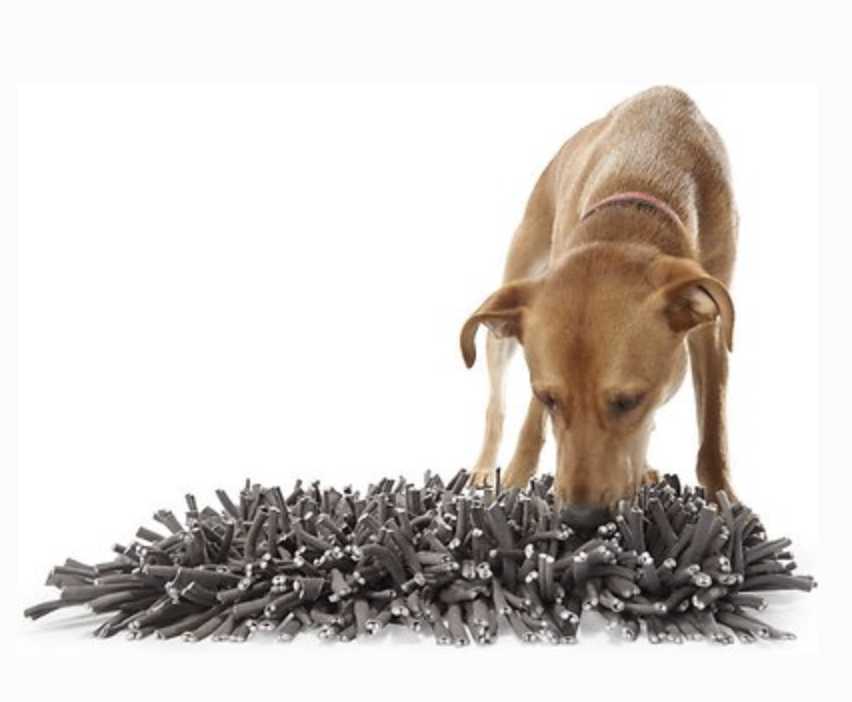Setting Your Pet Up for Success After Shelter In Place
Tips for Combatting Separation Anxiety
It’s been a pleasant surprise for us during shelter in place, to see so many animals being adopted. The hope is that these adoptions will last beyond the pandemic into forever. To that end, our team is providing as much support and advice as possible to set everyone up for success. The goal is to make that transition back to our “new normal” life, as seamless as possible.
During quarantine, we’ve all been spending A LOT of time with our pets. Cats would probably like to see us go back to our old routines so they can get their space back, while our dogs are likely thrilled to have us around so much. Before our dogs get too used to us being home 24/7, it’s a good idea to start slowly breaking those habits they’ve become accustomed to these past few months.
Our separation anxiety tips apply to dogs that were just adopted, as well as dogs that have been in their home for years. Animals are creatures of habit and they learn from our schedules and structure. By having their family members home right now, dogs will become accustomed to that and might have a difficult time adjusting when everyone goes back to their routines.
Following are 3 ideas to help ease the transition.
1. Leave your house (without your dog)
Since most non-essential workers are home pretty constantly right now, we recommend starting the transition by leaving your house for short periods of time. Take a walk without your dog. Go for a drive without her. Even if it’s just five minutes at a time, start giving her time on her own.
When you return from your brief time away, try not to make a big production out of coming back home. Act like nothing ever happened when you left. You can even say something like “I’ll be right back” before you close the door. When you return, just resume your normal activities.
Giving your dog time on her own is critical now to help stave off separation anxiety later. A great way to make it a totally positive experience when you leave, is to give her a reward that keeps her happy and busy while you’re gone.
2. Rewards for Time Apart
Following are some reward ideas to help make your time away a positive thing for your pet. The goal is to have them associate being left alone, with good things happening to them. When you’re away, and they have fun things to do in your absence, they’ll be content.
Kongs
A Kong is a fantastic tool for keeping your dog occupied. Fill the Kong with cheese, spray cheese, apple sauce, mashed potatoes, wet food, treats or frozen peas. Frozen peanut butter is also a good choice, but just be sure it doesn’t have xylitol in it. A Kong Wobbler is a more advanced, weighted toy with a hole for treats. It makes it really tricky to get the treat out. A Kong is also a safe toy to let them enjoy alone in the house or in their crate unattended.
Puzzle Toys
There are loads of great puzzle dog toy options on Amazon or Chewy. There are varying levels of difficulty. You might want to start with a simple one and work your way up to more complicated ones as your dog masters the art of enrichment puzzles.
Snuffle Mats
A Snuffle Mat is a toy that provides dogs with an opportunity to sniff and search for hidden treats. It typically consists of fleece strips tied to a rubber mat with holes in it. You can make your own, or purchase one. However, if your dog eats things she shouldn’t, do not leave her alone with this. Snuffle mats can be a great option for simply separating from your dog by putting them in another room. That way you can check that she’s not ingesting anything she shouldn’t. Snuffle mats are fantastic for self-soothing, and provide great mental stimulation.
Muffin Tins
A super easy option is to take a muffin tin and fill the cups with treats. It will get your dog thinking about how to get those treats out and is an easy version of a puzzle toy, as well as something you likely already have in your house.
Frozen Apple Sauce Cups
Those cute little apple sauce cups in the grocery make a fun reward when they’re frozen, and they give your dog something time-consuming to work on while you’re away.
Training Sessions
Another method is to get your dog tired out before you leave so he’ll sleep. A great way to do that is to work on a quick training session with him before you go.
3. Crate Training
Crates are an excellent tool for almost all dogs (some cannot mentally handle it). Most dogs can be trained to think their create is a great place to be and a safe zone. Be sure to reward them and give them treats when they are in the crate. It should NEVER be a punishment to go into the crate. It should always have positive associations for them. You can even feed them some of their dinner in it. Soon it will become “their room” or den. Sometimes having that safe space is just what they need. HHS sells gently used crates of varying sizes based on what we have on hand. Call 630-323-5630 to find out more.
One caution with crates is to be careful with your dog’s collar so she cannot get tangled or hurt inside the crate when unattended. Take it off before you put her in the crate, but also get in the habit of putting it back on as soon as you get home.
Final Thoughts
Because dogs are creatures of habit, for now, whenever it’s possible, try to emulate a typical day. Anytime you can leave, take the opportunity to make it as much of a regular day as possible.
The goal is to prepare your dog for you leaving. We want all the recent adoptions to stick and to make sure the dogs already living happily, stay that way. Keeping pets safe and mentally sound during shelter in place, will ensure they’ll be in great shape when life returns to normal.
Comments (2)
Leave a Comment
Share your thoughts about this post with us.


Wed, Jun 10, 2020, 9:38 AM
Fri, May 22, 2020, 2:28 PM